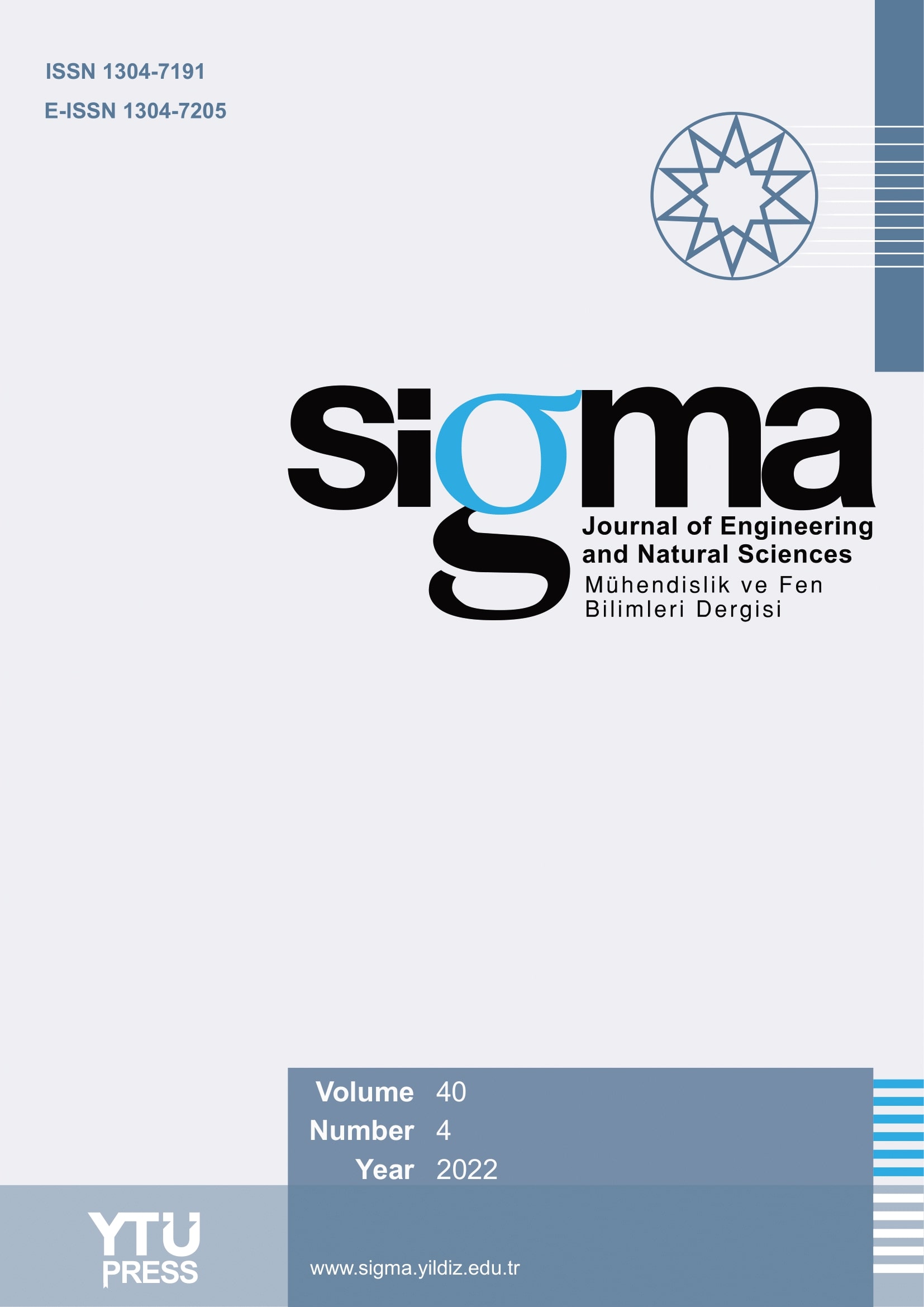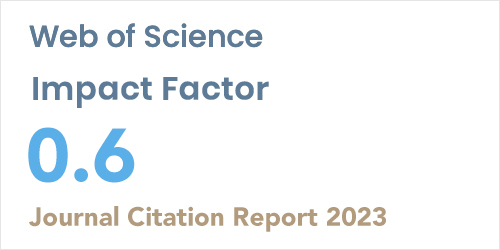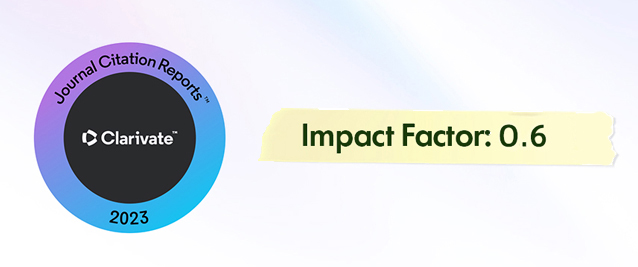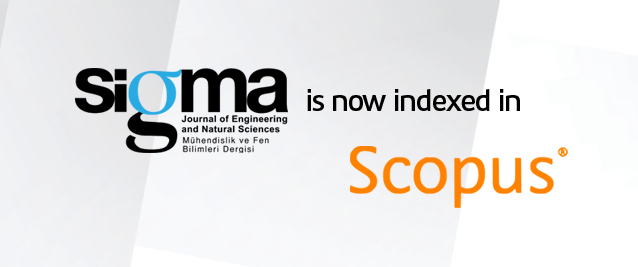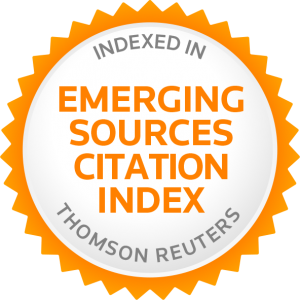2Department of Mathematics, Amrita School of Engineering, Amrita Vishwa Vidyapeetham, Amaravati, Andhra Prdesh, 522503, India
Abstract
The digital era has witnessed a significant rise in misinformation, underscoring the urgent need for effective tools to distinguish factual news from fabricated content. This study pro-poses a novel methodology for fake news detection that leverages quantum entanglement to facilitate multimodal fusion of textual, visual, and acoustic data. The quantum entanglement algorithm offers significant advantages in managing high-dimensional data by enabling effi-cient feature optimization through quantum computing encodings integrated with neural net-work architectures. The existing quantum circuits for text, visual, and audio would co-occur while witnessing the message from humans to machines with the machines acting as quantum computers integrated with neural networks, specifically designed for fake news detection. The results generated from our method demonstrate significantly improved fake news detection accuracy, and increased accuracy in the noise simulation, and the system is resilient to adversarial methods, all in contrast to typical methods. The proposed Quantum Encoding with Multimodal Fusion (QEMF) framework surpasses existing approaches by offering as it suggests promising future directions to tackle fake news across the web. The system, in a scientific manner, performs a variety of strict pre-processing techniques to all textual data such as tokenization, stemming, and lemmatization, along with sophisticated image pre-processing to all visual data. It uses the latest extracting features, i.e., Glove for text embedding, and conventional convolutional networks, like VGG16, for visual data. The feature representation is significantly enriched through quantum encoding, while the capability of QCNNs to identify the most salient and discriminative features enhances accuracy and ensures robustness against noise and adversarial interference. Furthermore, the system’s real-time detection capability and its scalability position it as a powerful tool in combating misinformation within the evolving bio-informational ecosystem.


